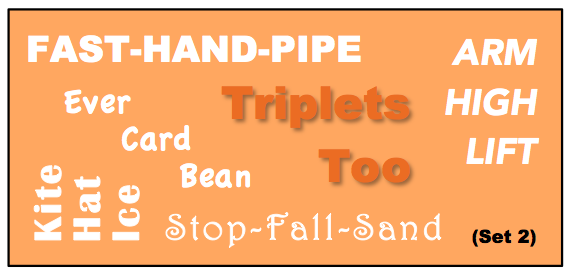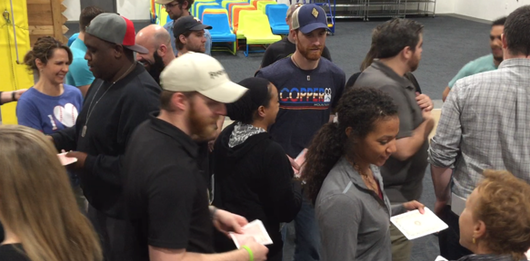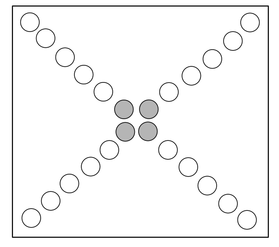Thiagi is well known for creating activity simulations to enhance learning experiences for corporate populations (the claim is, to stay sharp, he creates at least one new simulation a day!!). If you follow the link above you will see how he uses Triplets as a way to enhance a particular educational concept (As he states in the description of Triplets, “When you have solved all the triplets, make a word out of the first letters of the link words to discover the secret of effective training.) FUN stuff!
After learning about Triplets I came up with a more hands on version and made it a bit more challenging as well). In the PDF below you will find a set of eight Print-N-Play Triplets (24 Words) – the Triplet Words are in the fancy print. The last page of the document includes the “Link Words” (8 Words) - one Link Word will go with one set of (three) Triplet Words (I suggest you read Thiagi’s excellent description of Triplets play for a better understanding of this puzzle challenge).
Again, one of the Link Words will connect (either before of after) with three of the other words in the set (hence, Triplets). Look at the Triplet sets in the header graphic above. Can you figure out what "Link" word goes with each of the Triplet sets? (Find the answers in the Print-N-Play document.)
Here’s how I’ve used Triplets Too so far:
Moderate Challenge: Hand out the Triplet words evenly among your group of 10 to 14 players. Then hand out the link words – one each to eight different players (these players can also be holding Triplet words). Ask the group to match the link words to each set of Triplets without any player ever being without a word in his/her possession. Also, I don’t let my group set down the words – all words have to stay in hands.
Tough Challenge: Only hand out the Triplet words. Have the group determine what Triplet words go together and what link word goes with each set of Triplets. Again, all words must stay in hands and everyone must have at least one word in hand at all times.
In Program Challenge: The group earns (in some way) the link words during program challenges – maybe they earn them all, maybe not. Then, at some point the group receives the Triplet words. They have ten minutes to put the Triplet sets together with a link word. Every correct set earns the group a “Pass” or “Redo” or “Mulligan” to use in future challenges. (For example, if someone touches the Spider Web on the way through the group can use one of their passes to void the touches.)
Here's the Print-N-Play document:
| tripletstoo_set2_2017.pdf |
Have FUN out there!!
Chris Cavert, Ed.D.









 RSS Feed
RSS Feed